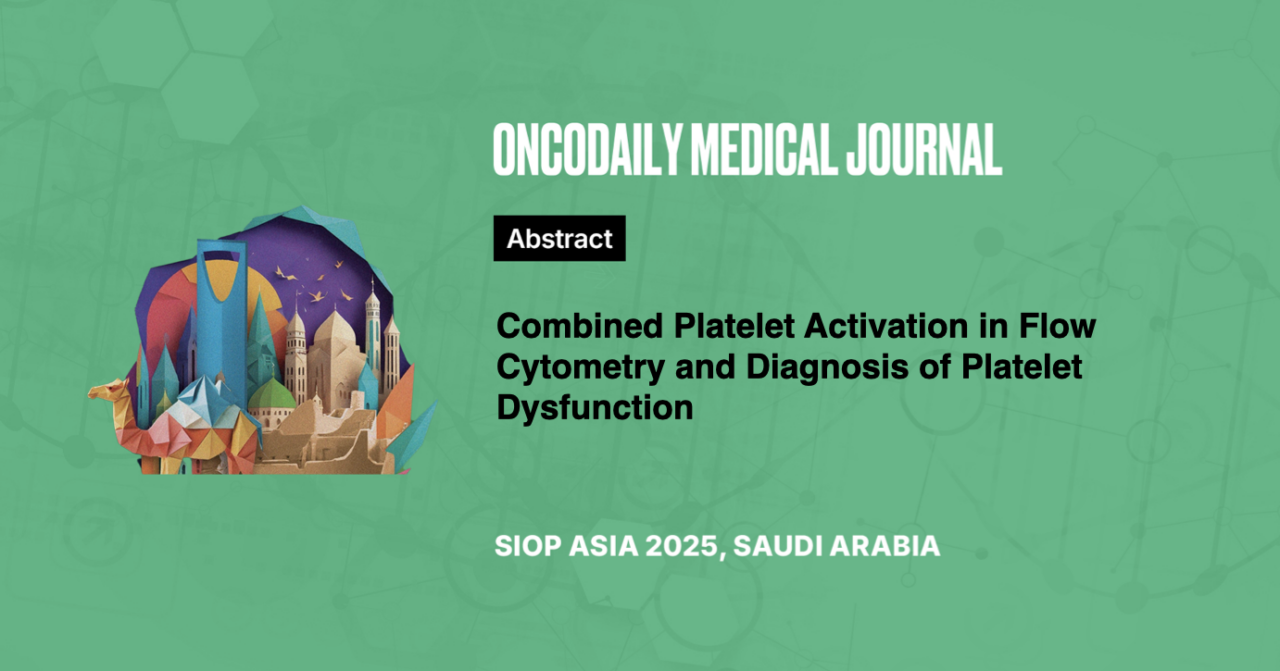Combined Platelet Activation in Flow Cytometry and Diagnosis of Platelet Dysfunction
Abstract
Introduction: Flow cytometry is considered one of the most promising approaches in assessing platelet status and is very helpful in the diagnosis of congenital and acquired platelet disorders. The combination of platelet receptor agonists allows to simulate in vitro of various platelet activation states during trombi formation. In this study, two combinations of platelet agonists were compared using flow cytometry for sensitivity to platelet abnormalities.
Methodology: Pediatric patients with familial platelet disorder with propensity to acute myelogenous leukemia associated with mutations in RUNX1 gene (n=7) and ETV6- related thrombocytopenia (ETV6,n=8) as well as with classic inherited platelet function disorders (Glanzmann’s thrombasthenia,n=12; Wiscott-Aldrich,n=18, and Hermasky-Pudlak,n=4 syndromes, MYH9-dependent thrombocytopenia,n=11) and 34 healthy children were included to the study.
For platelet activation, a combination of (A) collagen-related peptide CRP (1.25 μg/mL) and SFLLRN (12.5 μM) or (B) SFLLRN (200 μM), AYPGKF (200 μM) and ADP (10 μM) were used. We determined CD42b, CD61, CD62P, PAC-1, annexin V binding, and mepacrine release levels. Investigations were performed in accordance with the Declaration of Helsinki. All parents gave informed consent.
Results: For healthy children as well as for patients with classic inherited platelet function disorders the results for both used agonist combinations correlated well, while stimulation with SFLLRN, AYPGKF, and ADP caused a slightly stronger platelet response compared to CRP and SFFLRN by all markers except Annexin V. Platelets of patients with mutations in RUNX1 gene revealed significantly impaired procoagulant platelet formation and dense granule secretion due to reduced mepacrine loading upon both types of stimulation. Platelet functional responses of ETV6 upon both types of activation were comparable to controls.
Conclusion: Our observations provide some new data on the pathogenesis of platelet dysfunction in inherited platelet disorders. This research was funded by the Russian Science Foundation (project N24-15-00387) and Endowment Foundation’s Science for Children.





